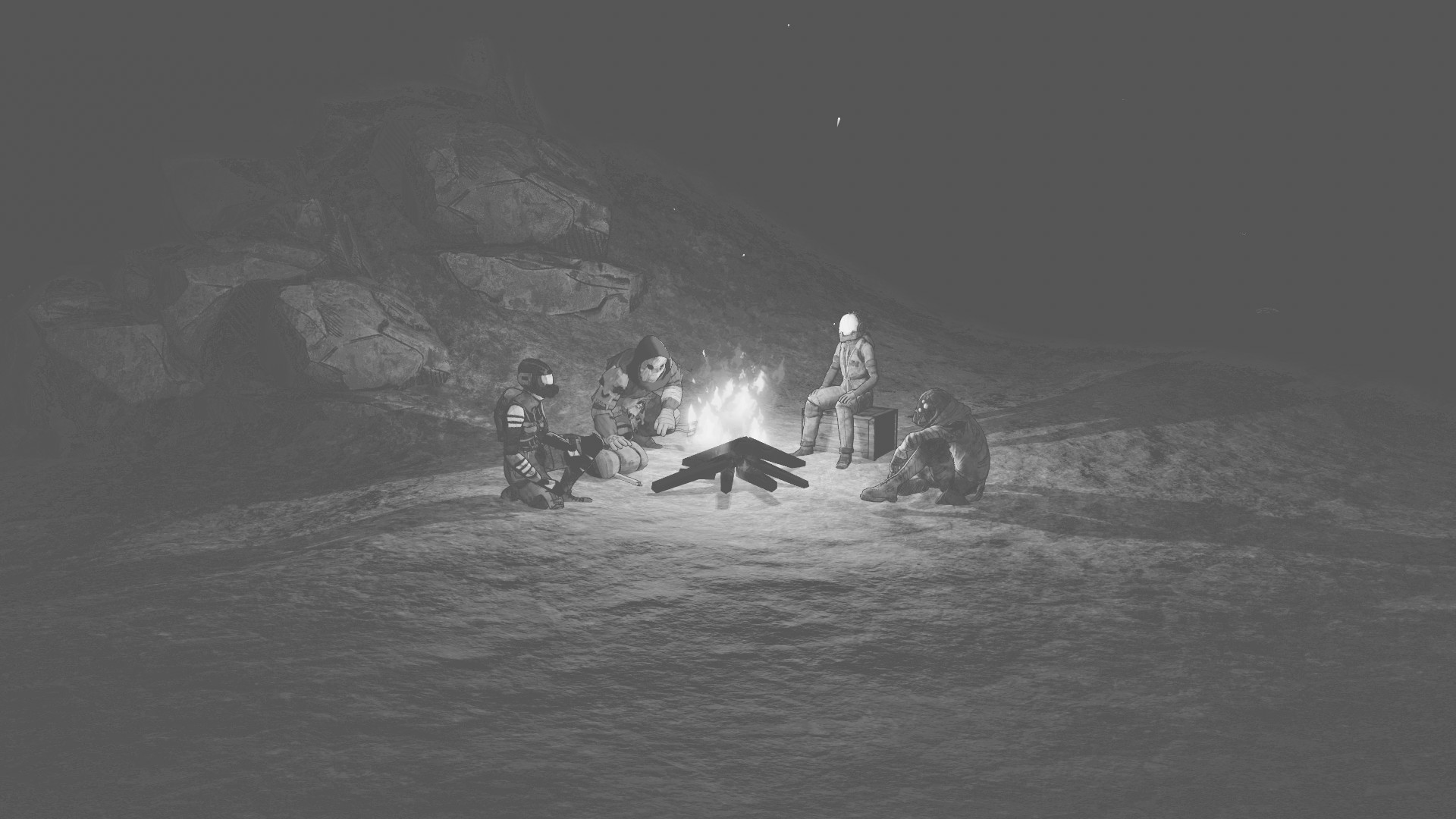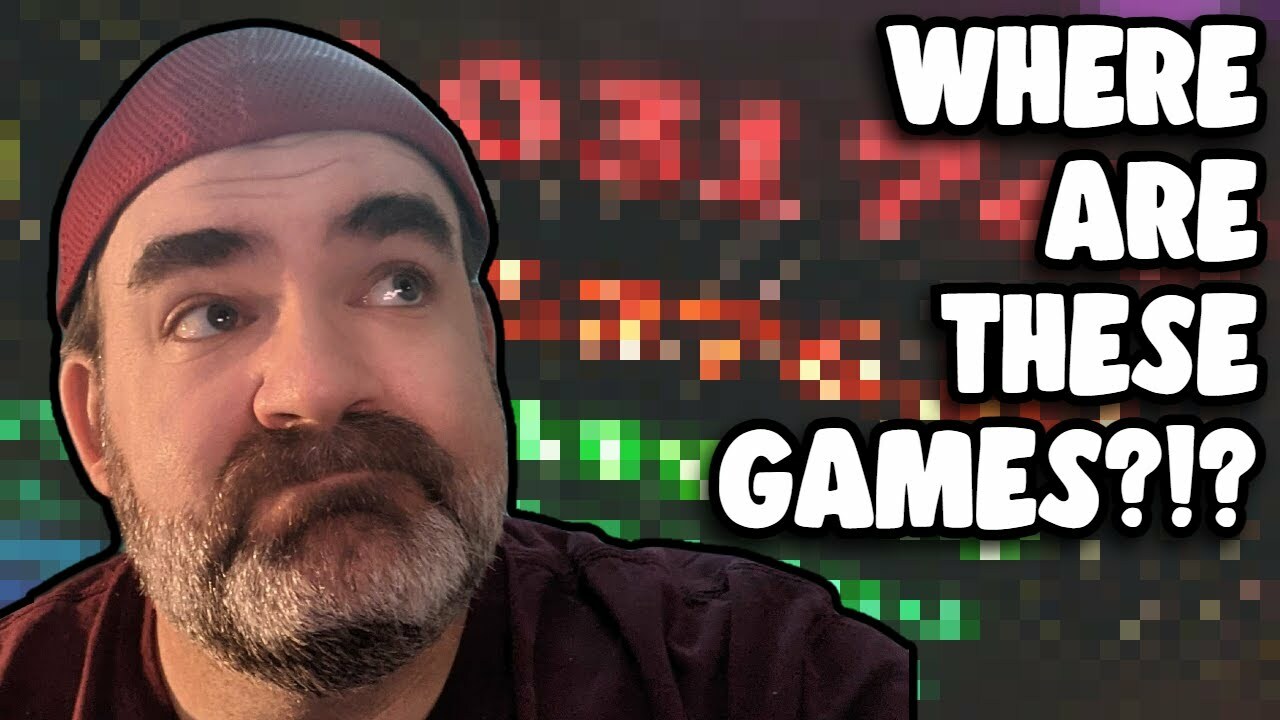Share
Comix Zone’s STI Problem
Sega was easily THE household name in video games during the early 1990s in America. Although sales for both Nintendo Entertainment System (NES) and the Super Nintendo Entertainment System (SNES) never faltered, Sega soon became a clear rival with the release of 1991’s Sonic the Hedgehog for the Sega Genesis/Master System, leading ultimately to the infamous “console wars”. Sega’s biggest reason for the game’s creation was to create and market a mascot for the company that rivaled the likes of Shigeru Miyamoto’s Mario, the mustachio plumber with a princess problem who had become synonymous with the Nintendo corporation. As history goes, Sonic and his debut went over well with all audiences, bringing even more American consumers into the Sega fold.

Due to the success of Sonic the Hedgehog, Sega became increasingly interested in developing games in and for the United States, in order to appeal to a broader American audience. Mark Cerny, designer of Marble Madness, who, after working for years in Japan on many Master System titles and accessories, returned to the states to start a small development team. Sega Technical Institute (STI), not to be confused with venereal diseases, was Sega’s answer to achieving a global outreach. STI, in theory, was to consist of top Japanese video game creators, some of who worked on the original Sonic release under Sonic Team, working and mentoring young talent in America. STI is actually the studio behind Sega’s 1992 follow-up, Sonic the Hedgehog 2, but, due to language barriers, miscommunications, and setbacks, the game’s development ended up causing a rift instead of a bridge between Japanese and American programmers. Unfortunately, Sonic the Hedgehog 2 would be the only title created by STI that would be co-developed by both nations. Subsequent releases under the Sega Technical Institute name were delegated individually and entirely to either the American or Japanese teams. By 1995, the Japanese team solely had developed both Sonic the Hedgehog 3 and Sonic & Knuckles for the Sega Genesis. The American programmers released a pinball spinoff of the Sonic franchise; Sonic Spinball, in addition to a little game of astonishing originality, Comix Zone.
Stages and Pages
Released during the last leg of the Sega Genesis’ life in 1995, Comix Zone is a beat ’em up romp through a Western superhero comic book. The story follows Sketch Turner, a comic book creator and musician living the hipster life in NYC. One night, after a thunderstorm, Turner, along with his pet rat Roadkill, are transported into the comic he is working on by the main villain of the story he created, Mortus. While in the comic, appropriately titled Comix Zone, Turner meets General Alissa Cyan. Cyan has been deemed Turner as the hero of his own story. Turner must stop the evil Mortus and his dastardly enemy doodles from overtaking the world Cyan lives in all the while figuring out how to leave the pages of his own making.

Turner is able to kick, punch, and jump his way across the panels of Comix Zone. The player is able to customize which heightened attack, “Shaolin Kick” or “Macho Yell” they would like to use in their game from the control menu. Turner is also able to pick up items and place them in his three-slot inventory, items such as Roadkill, dynamite, and health. Roadkill can be used to help solve simple puzzles throughout the game, as well as finding hidden items within each stage. Items like dynamite and bombs can cause additional damage to enemies as well as help the player advance through each stage. Turner also can pick up a fist-shaped power-up, which will turn him into Super Sketch, his superhero alter-ego, destroying all enemies in a panel.
Each chapter, or really, pages of the comic, consists of two parts, the final part containing a boss battle. There are a total of three “episodes” of two “pages” each in the game; all pages consisting of panels. The player loses if Turner runs out of health or falls off the page or panel. Once the player is able to advance to the next panel, a yellow blinking arrow will appear and Turner will dramatically enter it. Sometimes Turner’s path diverges and the player is able to choose which panel to go to next.
All Bulk and no Sonic Speed
Comix Zone excels purely in originality alone. For whatever reason, post-twenty-five years later, gamers are hard to find another title that replicates the feeling of playing inside a comic book quite as this game does. Turner’s animations are great, as sprite designs for both him and the enemies throughout the game are crisp and vivid to this day. The fact that each stage exists within a page of a comic and each page consists of panels actually creates a different appeal to the beat ’em up genre by masking the fact that the game even adheres to the laws of it. The sound effects are just as fun, as are the speech and SFX bubbles sprinkled throughout the narrative. With two possible endings and different routes through each page from panel to panel the player can take, Comix Zone, even in its brevity, lends itself to repeated plays.

Despite this, the game is short. Any experienced player would be able to defeat Mortus in under forty-five minutes, completing the game 100%. Whether the same player would like to endure the game’s flaws again is another story, or perhaps, comic. Comix Zone lacks in many aspects, from the uninspired backgrounds to the repetitious and sometimes misplaced enemy design. Turner’s attacks, as is usual for earlier games of the genre, are dull and are void of a sense of satisfaction I normally get when attacking or even beating a boss battle. With only an item system to depend on for special moves, the break in monotony is far and few between.
I find it frustrating that Turner loses health if he punches certain obstacles or enemies. More constructively though, the game does not seem like it knows entirely what it wants to be, who it is for, or how to be played. That is, it is certainly a beat ’em up, but with such patterns in its gameplay, it feels more like a bulkier and, negatively, flashier Megaman experience. Turner is very slow-moving, especially for a character who is desperate to return to his world.
That alone is disappointing; coming from those who birthed a blue legend simply on the belief of “Gotta Go Fast”.



